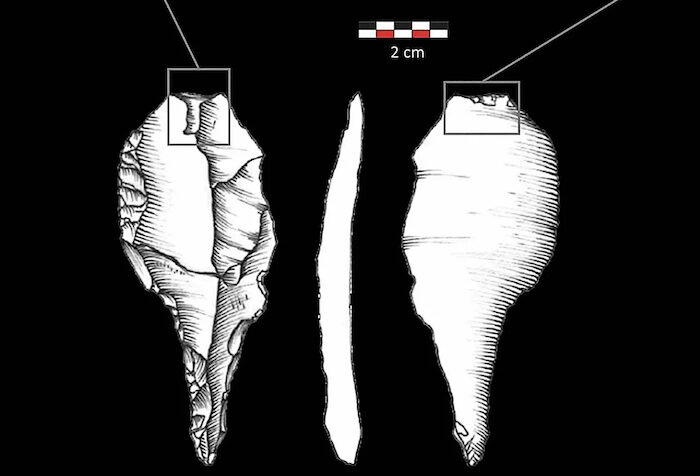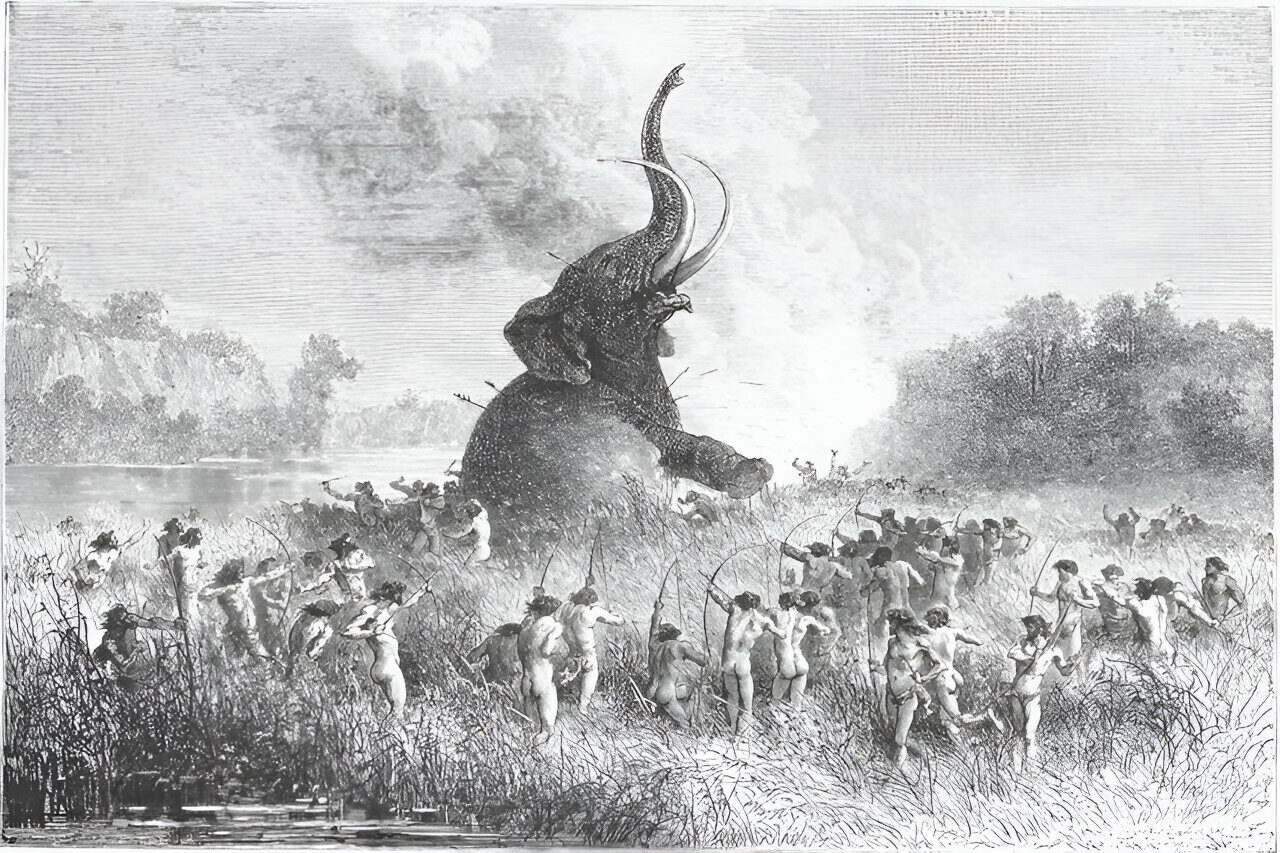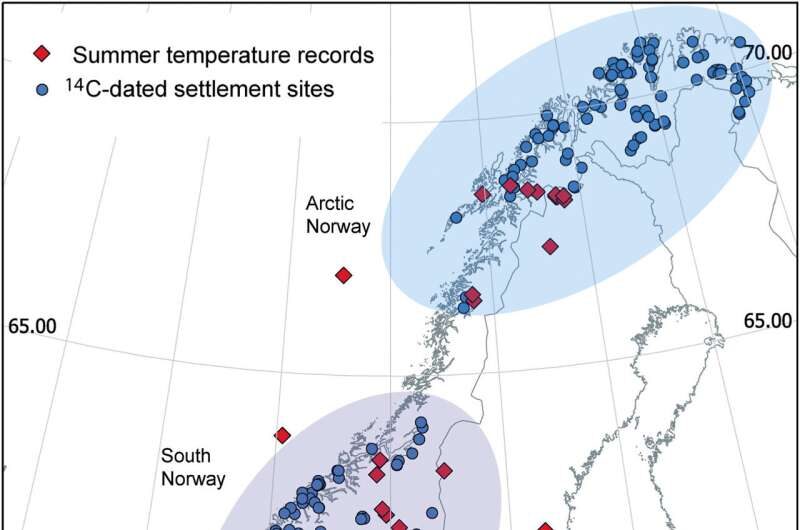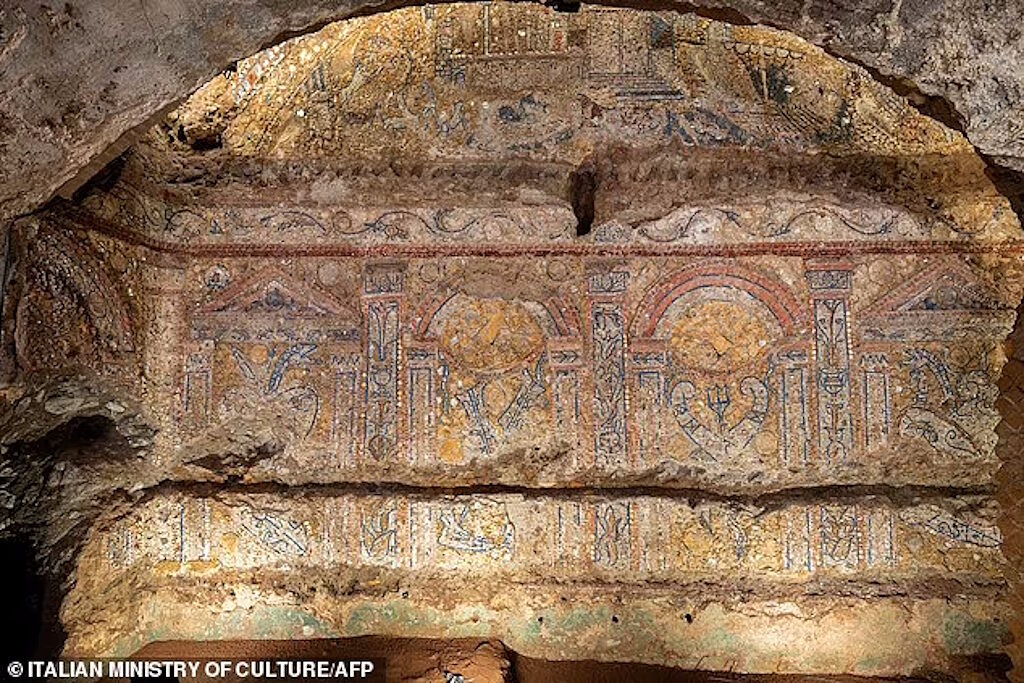We can't help but view history through the lens of our most deeply held beliefs.
Nowhere is this more apparent than in how people look at Hitler and the Third Reich: we slap our priors on a hyper-complex era permitting a nigh-infinite number of angles, and as if by magic, the whole thing sorts itself out into a neat little narrative.
And so, leftists will claim that Hitler was just a conservative on steroids, and see, that's where conservatism inevitably leads.
Marxists will make the case that the Nazis were really just Capital's reaction to the otherwise inevitable proletarian revolution, therefore postponing the communist utopia by way of collusion between industrialists, Junkers and Western bankers.
Conservatives argue that
akshually, Nazism was just communism, because dontcha know, there's an "S" in "NSDAP."
1Revisionists give this a further twist by claiming that the
real bad guy in this whole story wasn't Hitler, but Stalin: it was he who started WWII by forcing Hitler's hand.




Comment: Recent discoveries have revealed extensive trade networks across vast swathes of the planet in the Bronze Age, and early Medieval Age, and which were previously thought to have been improbable.
At the same time, with regards to certain symbolism, there is data showing that it may have been inspired by people observing phenomena in the skies, and sometimes the slight differences to similar symbols has been shown to be due to the oberserver's geographic location and thus their vantage point: Depicting plasma? Ancient 'mantis-man' petroglyph discovered in Iran